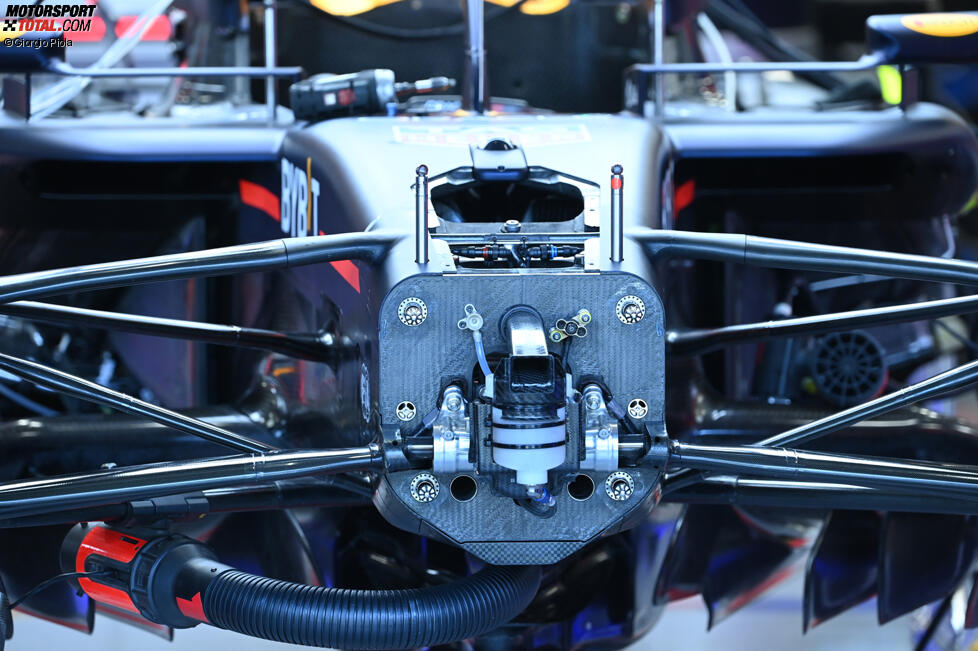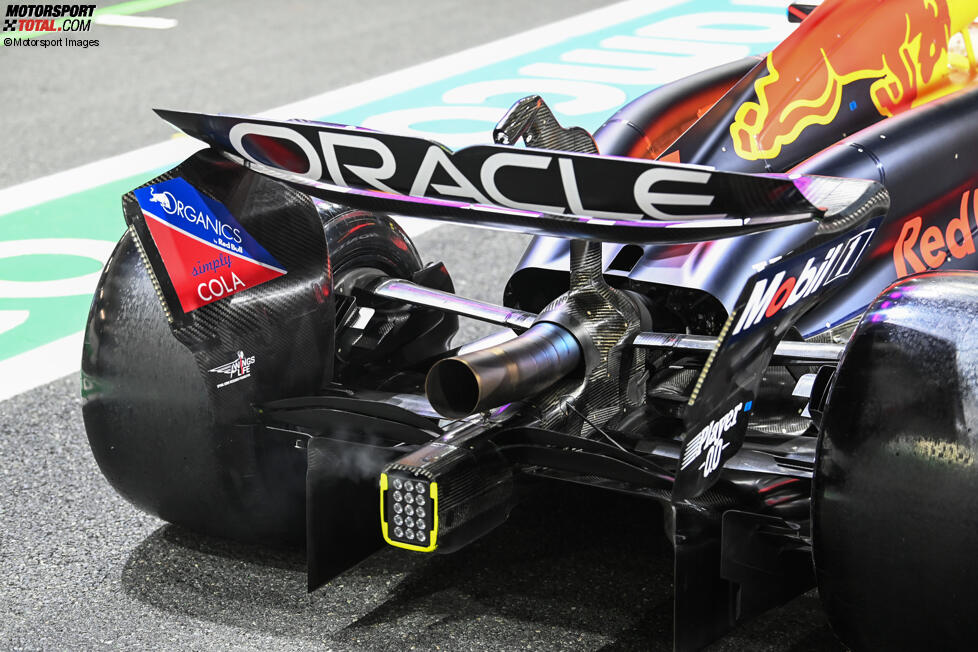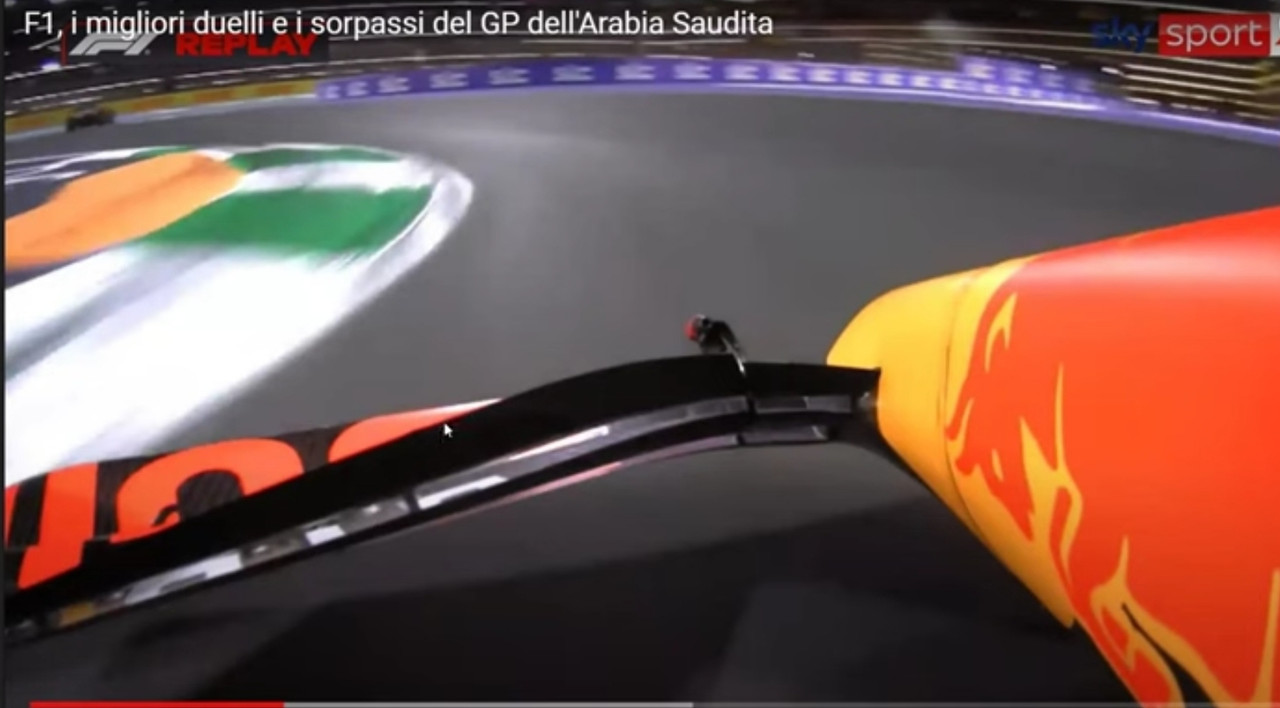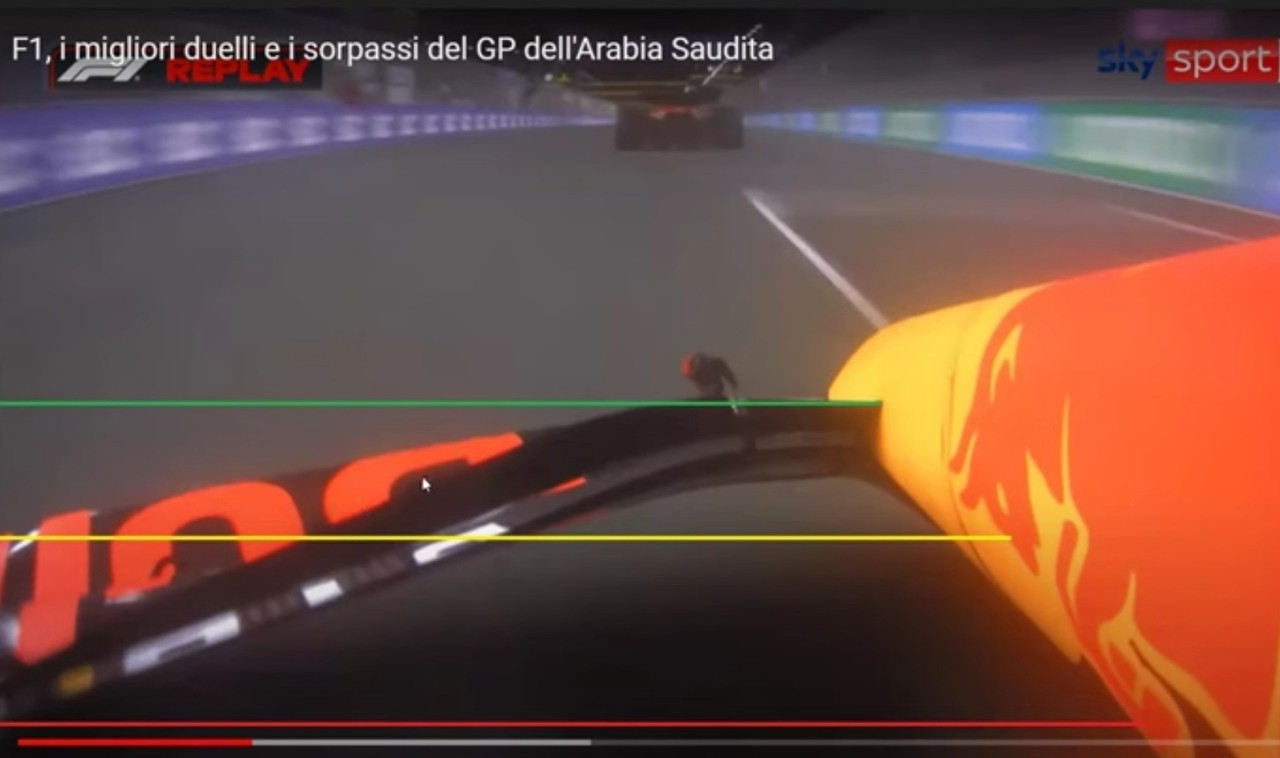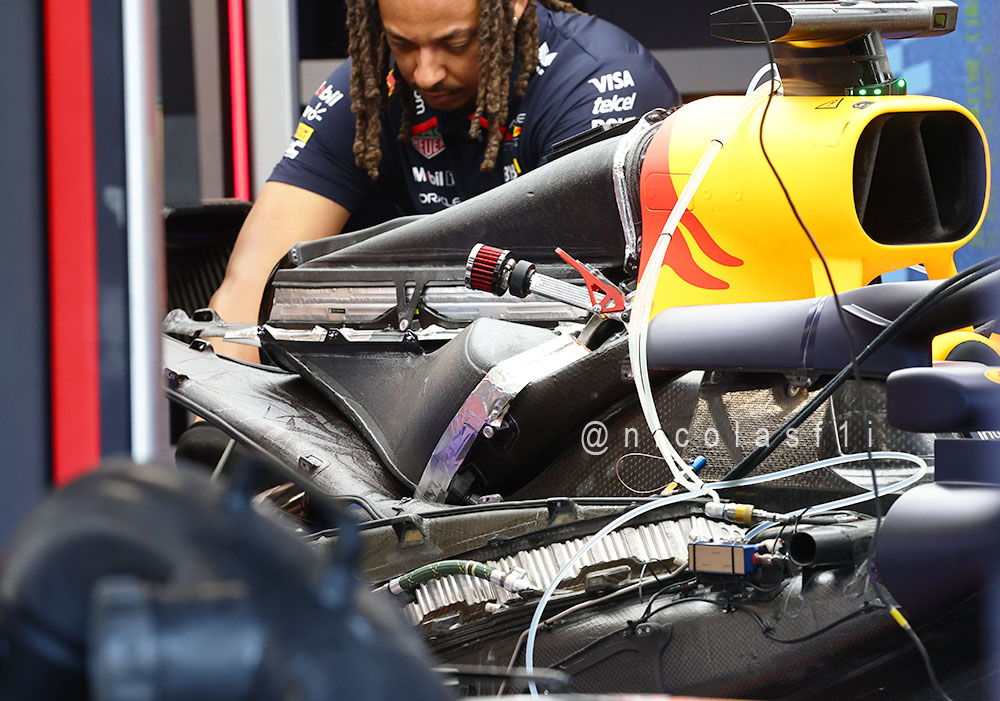Farnborough wrote: ↑04 Mar 2024, 15:19
Gills in "elephant trunk valley" appear to be exit of centreline cooling matrix that can be seen above engine directly when covers are off.
No images of inside the cover itself to see if there's directional path incorporated.
The whole strategy appears to separate each cooling function with semi discreet intake and outflow, likely by different cooling gradient ? for that dedicated function.
The sidepod main cooling function V matrix being of a consolidated group.
If these various elements can be "shuttered" individually, then that particular cooling circuit modulation may bring efficiency and size gains in being more specific to that duty cycle as opposed to being somewhat included within another profile of use.
Unsure if its generally realised with most race cars the big difference in cooling facilities when compared to most road vehicles. As a comparison, road vehicle being installed with maximised cooling capability, then modulated with thermostatic valves for liquid flow, airflow (active shuttered radiators) electric fans and temperature sensitive viscous coupled fan torque, a whole conglomeration of tools to first bring heat up fast, then maintaining at target temperature for continuous performance.
Race on the other hand, try to carry minimum cooling facilities, no thermostatic control, along with pure dependance on calculation / projection to cope with expected ambient conditions. Once set from exit venting etc, thats it for the race, they then have to work round what comes, likely by reducing PU, shifting to run in cleaner air etc.
These discreet exits with little to no interrelationship may allow a more tailored setup refinement to avoid drag and specifically prevent conflation in having to make broad choices to open general vents instead of now tweaking individual in reaction to circumstances.
I’m reminded of Helmut Marko’s interview from earlier this year comparing the RB20 to the “zeropod” Mercedes designs.
“They [Mercedes] were also convinced by the data of their sidepod-less concept, but in practice, it didn’t work at all. We will now see in the tests whether we can successfully implement this solution, or let’s say a similar solution. We don’t have it as extreme [as Mercedes], but we have it in a similar direction in terms of the idea,”
Also remember the rumors from around the time of the launch that there would be an even more Mercedes-like evolution introduced in Japan when cooling requirements were reduced…
Putting the puzzle pieces together, I’ll suggest that they will be blanking off the horizontal inlet and removing one of the heat exchangers. The vertical inlet will remain to cool the remaining heat exchanger. What’s a sidepod without a cooling inlet? A wing! The “similar solution” described by Marko.

